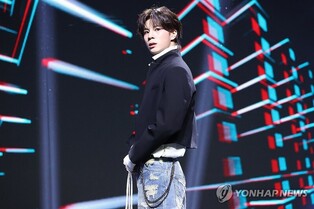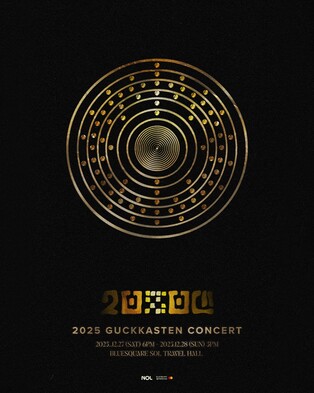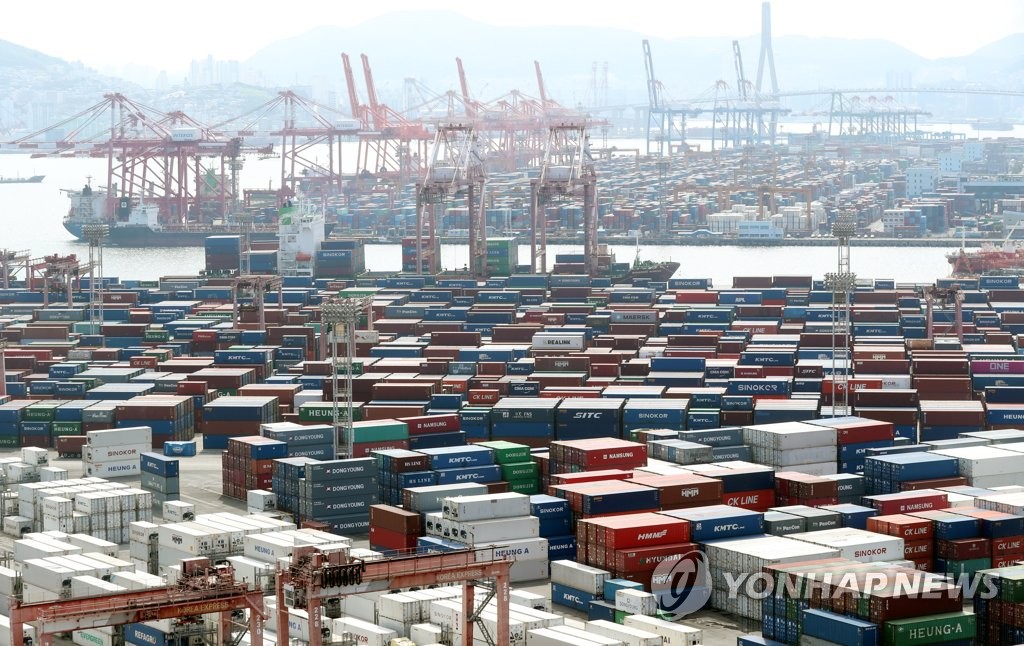 |
| ▲ This file photo, taken Aug. 2, 2021, shows stacks of containers at a port in South Korea's southeastern city of Busan. (Yonhap) |
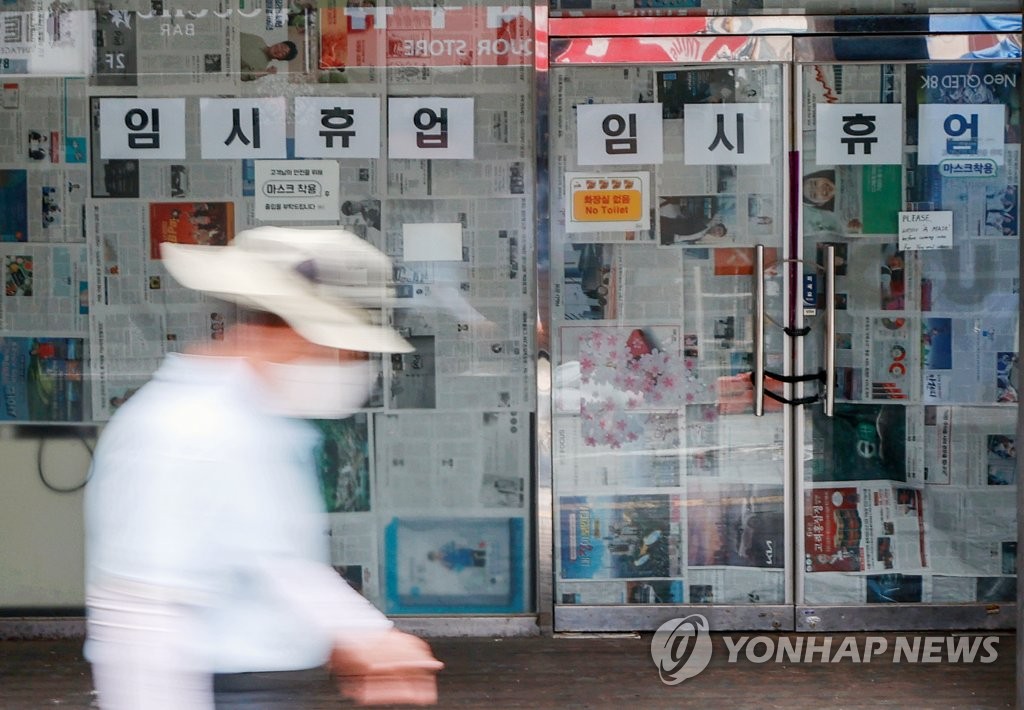 |
| ▲ This file photo, taken Sept. 6, 2021, shows a sign reading a temporary closure over COVID-19 that was put up at a convenience store in Seoul's nightlife district of Itaewon. (Yonhap) |
(LEAD) industrial output-August
(LEAD) Production, consumption, investment fall in Aug. amid 4th wave of pandemic
(ATTN: UPDATES with more details from para 6; ADDS photo)
By Kim Soo-yeon
SEOUL, Sept. 30 (Yonhap) -- South Korea's industrial output, retail sales and investment declined in August from the previous month in the latest sign that economic recovery momentum slowed amid the fourth wave of the pandemic, data showed Thursday.
Industrial output fell 0.2 percent in August from a month earlier following a 0.6 percent on-month decrease in July, according to the data compiled by Statistics Korea.
From a year earlier, it increased 6 percent.
Retail sales, a gauge of private spending, declined 0.8 percent on-month in August, compared with a 0.5 percent fall in July, amid the latest resurgence in COVID-19 cases.
Facility investment fell 5.1 percent on-month last month, a turnaround from a 2 percent on-month gain the previous month.
It marked the first time since May that production, consumption and investment declined all together.
The statistics agency said economic recovery momentum slowed last month as production and consumption weakened from a month earlier.
"Recovery momentum tapered, led by face-to-face service segments, amid the COVID-19 pandemic and due to July's higher base," Eo Woon-sun, a senior Statistics Korea official, told reporters.
The South Korean economy is on a recovery track on the back of robust exports of semiconductors and autos.
But the latest flare-up in COVID-19 cases and the implementation of the toughest-ever virus curbs have heightened economic uncertainty.
Since July 12, the greater Seoul area, home to half of the country's population of 52 million, has been under the toughest distancing rules. The measures include business restrictions and a ban on private gatherings of three or more people after 6 p.m.
The country reported 2,885 new COVID-19 cases Wednesday, raising the total to 308,725, with its daily virus cases exceeding 1,000 for the 85th straight day.
Last month, output in the mining, manufacturing, gas and electricity industries declined 0.7 percent, the first contraction in three months. But production of chips and autos extended gains amid robust exports.
Service output fell 0.6 percent as production in face-to-face service sectors, such as restaurants and accommodations, lost ground amid the toughest virus curbs.
Output of the public administration increased 5.2 percent on-month due to a rise in government spending on COVID-19 inoculation.
Economic policymakers said the current wave of the pandemic may have sapped improving domestic demand, but it did not appear to be serious enough to derail economic growth.
The country's gross domestic product grew 0.8 percent in the second quarter from three months earlier, compared with a 1.7 percent on-quarter gain in the first quarter, central bank data showed.
Exports rose 23 percent on-year in the first 20 days of September. Overseas shipments increased 35 percent in August from a year earlier, extending their gains to the 10th straight month.
The Bank of Korea kept its 2021 growth outlook for the Korean economy at 4 percent, despite the flare-up in virus cases.
Earlier this month, the Organization for Economic Cooperation and Development (OECD) raised its 2021 economic growth outlook for Korea to 4 percent from its May estimate of 3.8 percent.
(END)
(C) Yonhap News Agency. All Rights Reserved

















![[리뷰] 지난한 고통의 의미를 안다면, '대홍수'는 수작](/news/data/20251224/p179549405059084_202_h.jpg)





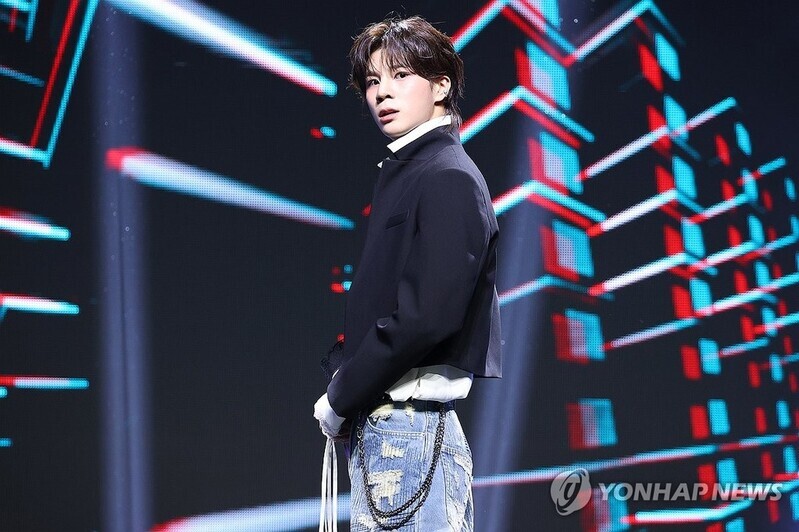

![[가요소식] 국카스텐, 연말 단독 콘서트](/news/data/20251224/yna1065624915964064_752_h2.jpg)
